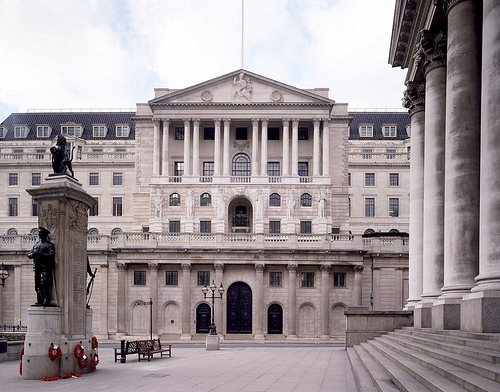
Summer in the City: the 1974 International Banking Crisis in London and its implications for regulatory reform,
paper presented by Professor Catherine Schenk at the Centre of Business History, Erasmus University, Rotterdam, on 9 January 2012
The relationship between regulators and the regulated in financial services has attracted considerable academic attention, partly because banking systems operate differently from other markets. The systemic macroeconomic importance of national banking systems makes a strong case for prudential supervision by an outside body, but information asymmetry in financial services, and the importance of reputation and private information as key bank assets all complicate the ability to engage in transparent prudential supervision.
The potential for regulatory capture is particularly strong between central banks and the banking system because of the close connections that are required to supervise complex financial transactions where highly specialized knowledge is needed for identification and diagnosis of problems. In many financial markets a model of self-regulation has therefore developed in response to an assessment that ‘the market knows its business best’. A further incentive for selfregulation is the vulnerability of otherwise sound banks to rogue business by a small number of institutions, so it is in the interests of well managed banks to ensure that others operate to the same high standards; systemic vulnerability increases incentives for market leaders to impose discipline. Finally, trust is an important feature to ensure compliance with supervisory regulations since the information necessary for prudential supervision is often market sensitive, and the private information on investment portfolios and strategies is a valuable asset for banks. The relationship between banks and supervisors/regulators is thus complex and prone to lapses.
For more information, see the event’s page.

